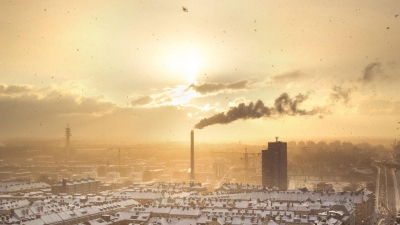MENTION THE VARIOUS GEOGRAPHIC SPOTS OF METAL DEPOSITS?

The map below shows where some of the most important metals are mined.
IRON There are vast deposits of iron ore around the world. The largest deposit is at Kursk, about 500 km south of Moscow in the former Soviet Union. It is estimated that this area has over 10 billion tonnes of iron ore reserves. Other large deposits are in the southern Urals, North America and Australia. The two ores which contain the most iron are black ‘magnetite’ and red ‘hematite’.
ALUMINIUM The main aluminium ore is ‘bauxite’. It is much more scarce than iron ore and is also more expensive to produce into metal. Cape York, Northern Queensland, Australia has the world’s largest bauxite deposits. Here, 25 per cent of the world’s aluminium is produced, although Indonesia, Jamaica, Brazil and Western Australia also have huge deposits.
COPPER The ‘copper-belt’ of Zambia-Democratic Republic of Congo is one of the largest copper ore deposits in the world.
Elements in the Earth’s crust
Six metals — aluminium, iron, calcium, sodium, potassium and magnesium make up just 24 per cent of the Earth’s crust. Oxygen and silicon make up another 75 per cent, leaving only one per cent for all the other naturally-occurring elements in the Earth’s crust.
Picture Credit : Google












